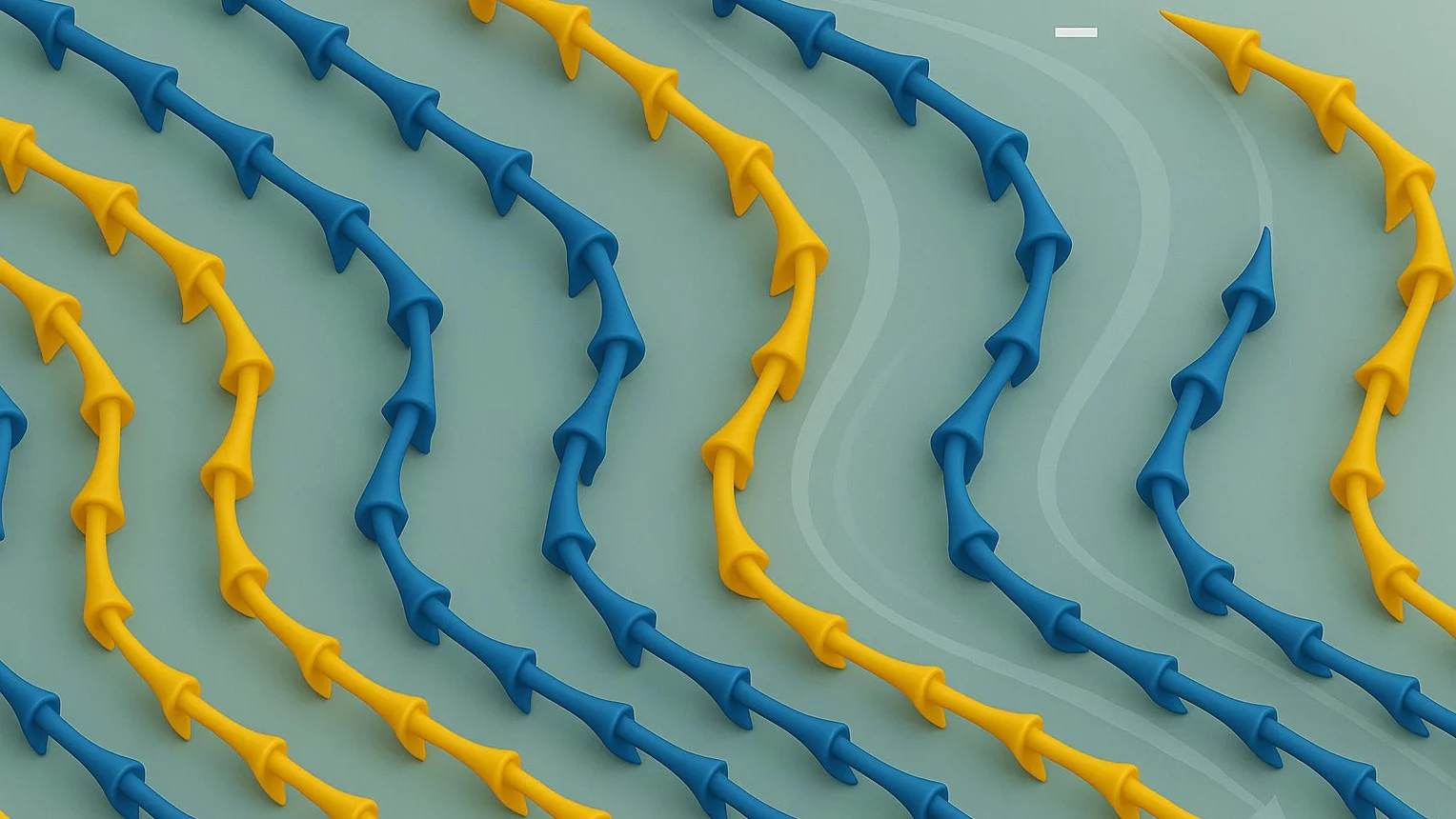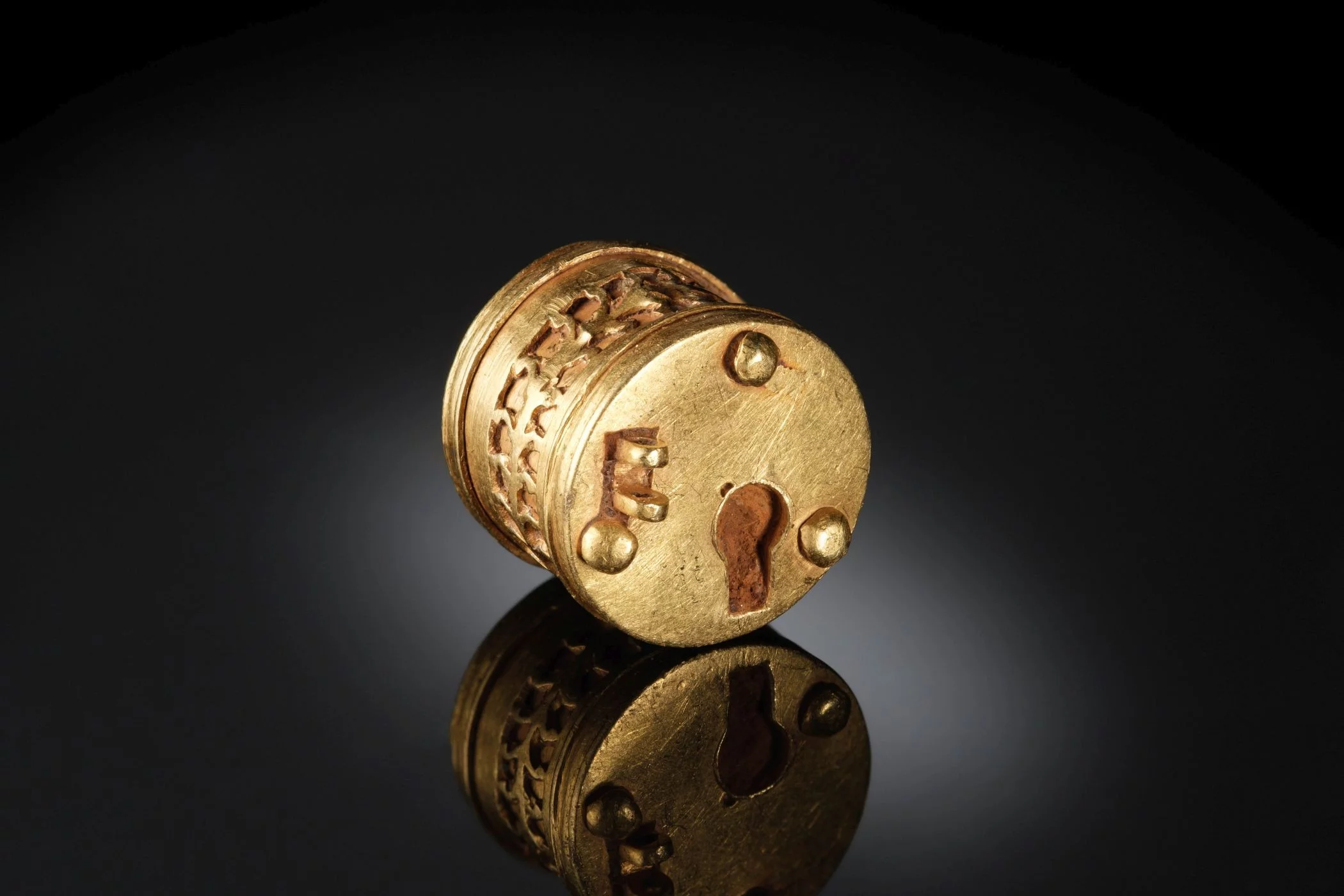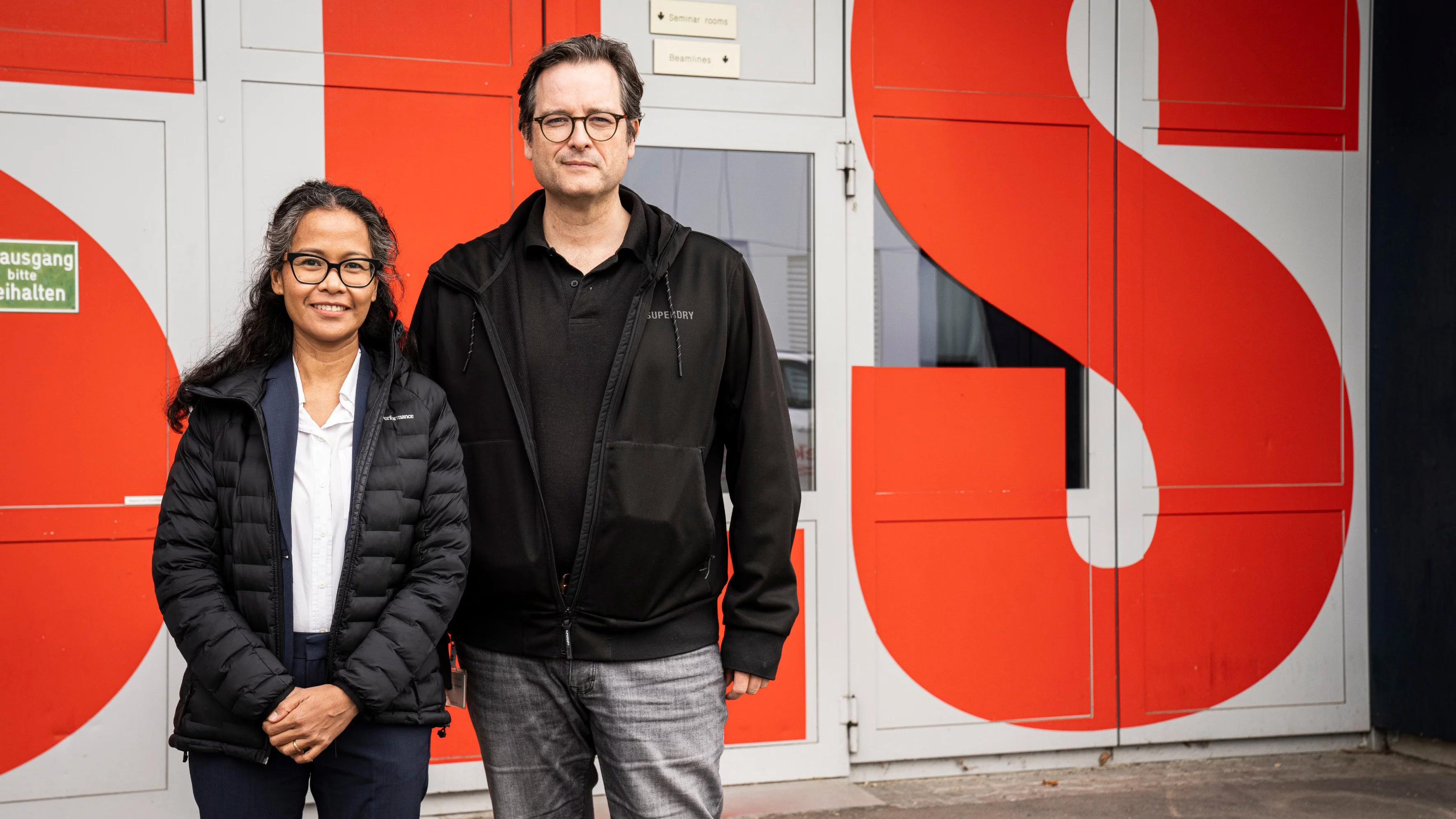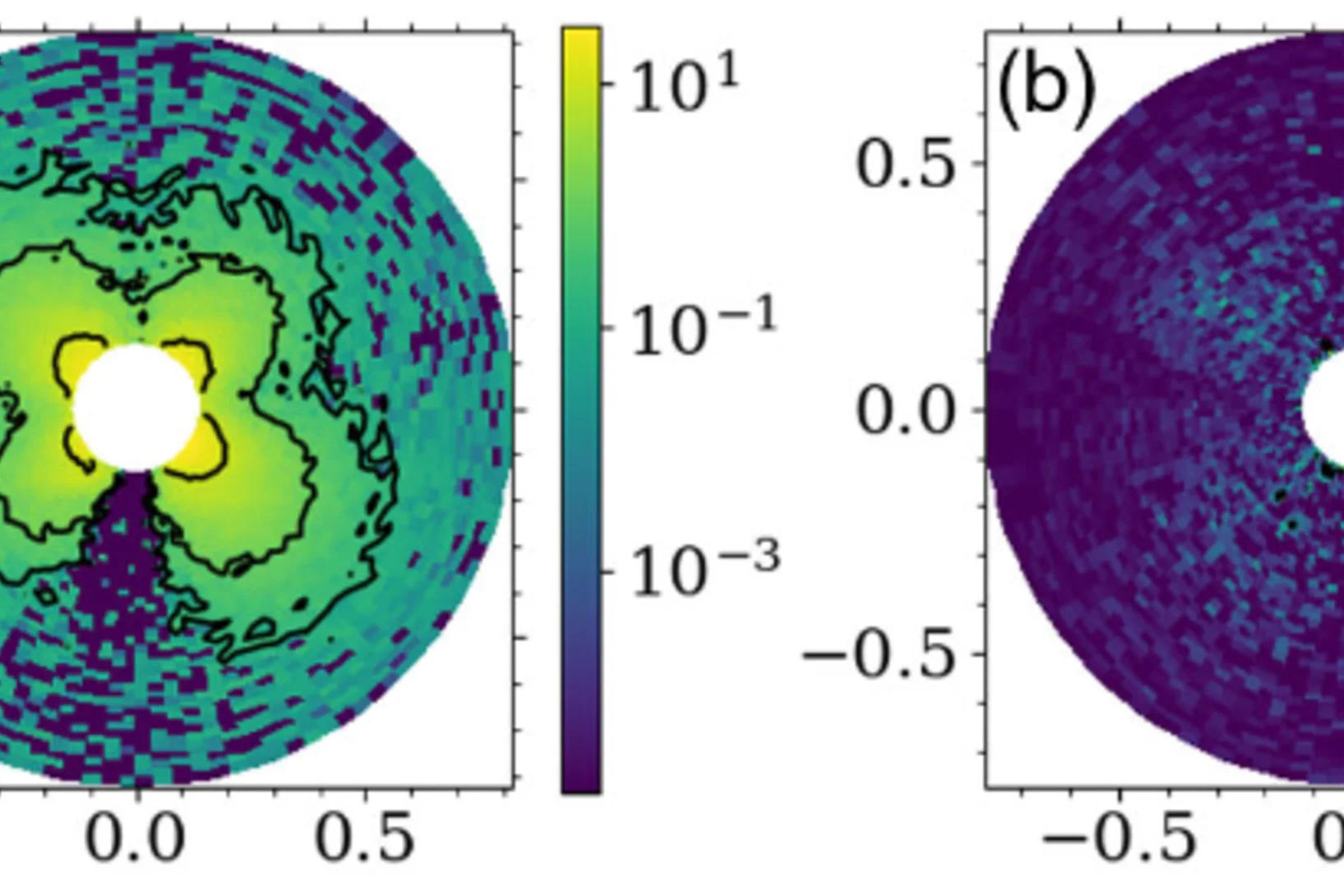The PSI Laboratory for Neutron Scattering and Imaging conducts cutting-edge research at the Swiss Spallation Neutron Source SINQ.
Lab News & Scientific Highlights
Anisotropic Band-Split Magnetism in Magnetostrictive CoFe2O4
Single crystal spinel CoFe₂O₄ exhibits the largest room-temperature saturation magnetostriction among non-rare-earth compounds and a high Curie temperature (T₍c₎ ∼ 780 K), properties that are critical to a wide range of industrial and medical applications. Neutron spectroscopy ...
Operando neutron imaging of an alkaline electrolysis cell for mapping gas distributions
Optimizing hydrogen and oxygen transport within porous electrodes is essential for improving the efficiency of industrial alkaline electrolyzers. In this study, we utilize operando dynamic neutron radiographic measurements to investigate ...
Spin-Disorder-Induced Angular Anisotropy in Polarized Magnetic Neutron Scattering
We experimentally report a hitherto unseen angular anisotropy in the polarized small-angle neutron scattering (SANS) cross section of a magnetically strongly inhomogeneous material ...
Recent publications
-
Walicka DI, Blacque O, Gornicka K, White JS, Klimczuk T, Von Rohr FO
Magnetism in EuAlSi and the Eu1−xSrxAlSi solid solution
Physical Review Research. 2025; 7(3): 033126 (8 pp.). https://doi.org/10.1103/69sn-hpxm
DORA PSI -
Saliba M, Lehmann E, Trtik P, Lamirant V, Pautz A, Pakari O
Simulations of a new neutron imaging station at the CROCUS zero power reactor
In: Lyoussi A, Carette M, Fanchini E, Joyce M, Hodak R, Laera L, et al., eds. Advancements in Nuclear Instrumentation Measurement Methods and their Applications. Vol. 338. EPJ web of conferences. EDP Sciences; 2025:04012 (6 pp.). https://doi.org/10.1051/epjconf/202533804012
DORA PSI -
Deptuch A, Baran S, Keller L, Hayyu AR, Szytuła A
Magnetoelastic effect in R5Pt2In4 (R = Tb–Tm) investigated by neutron powder diffraction
Acta Crystallographica Section B: Structural Science, Crystal Engineering and Materials. 2025; 81: 528-532. https://doi.org/10.1107/S205252062500900X
DORA PSI









